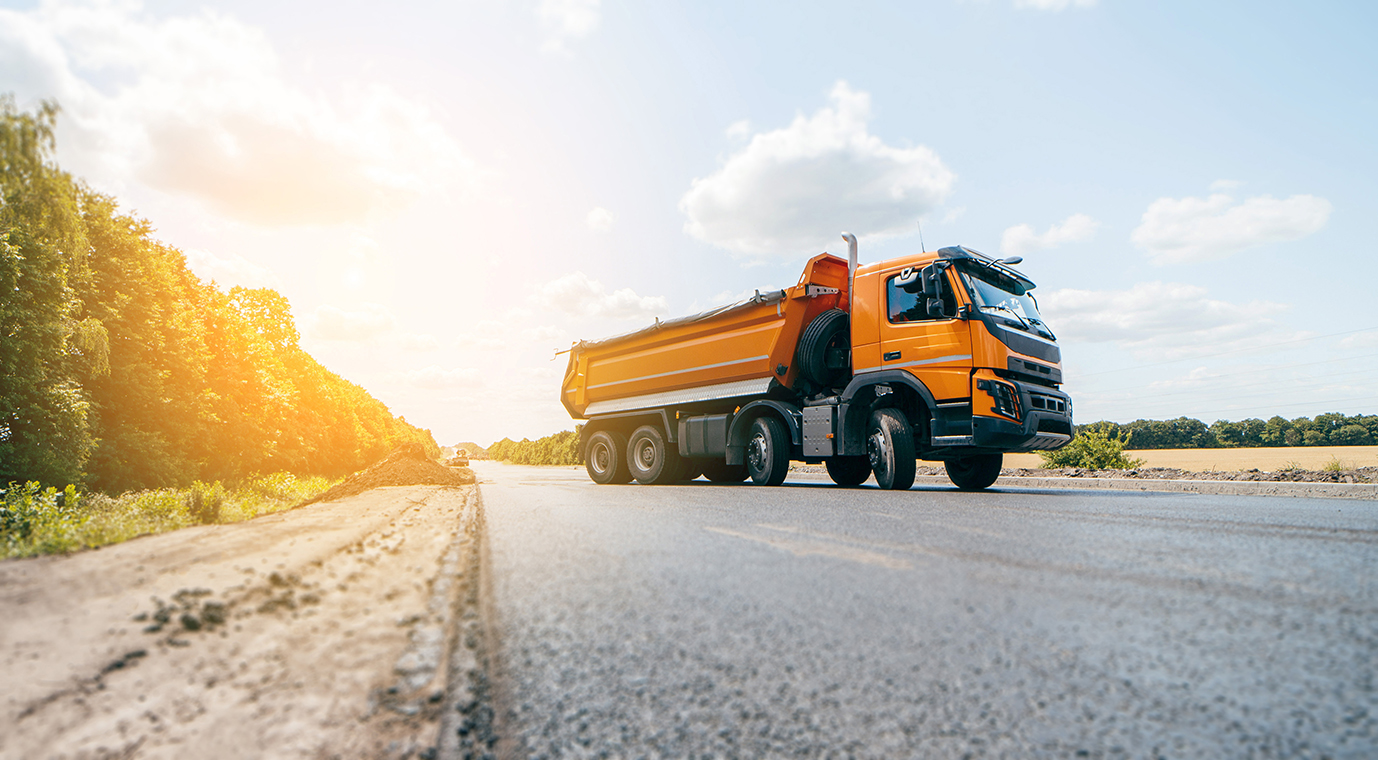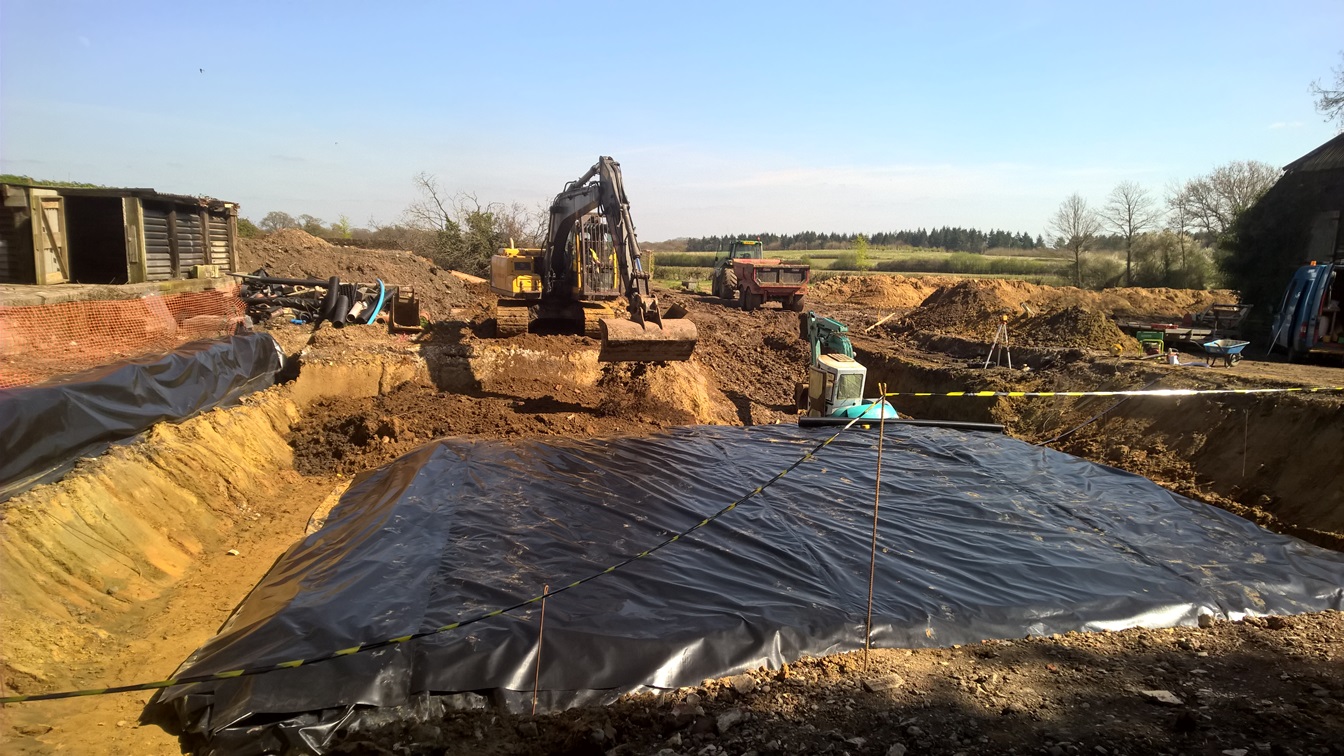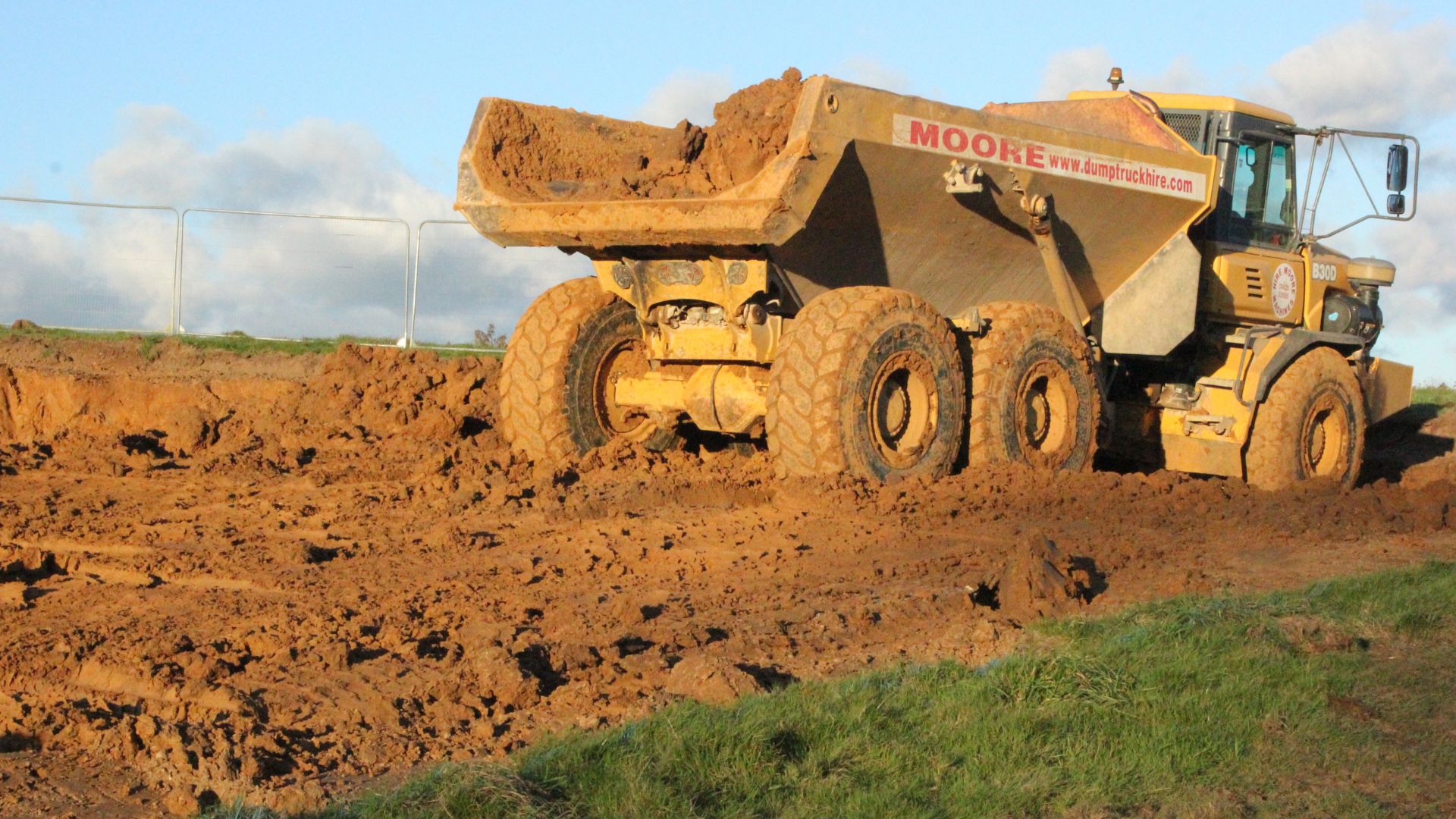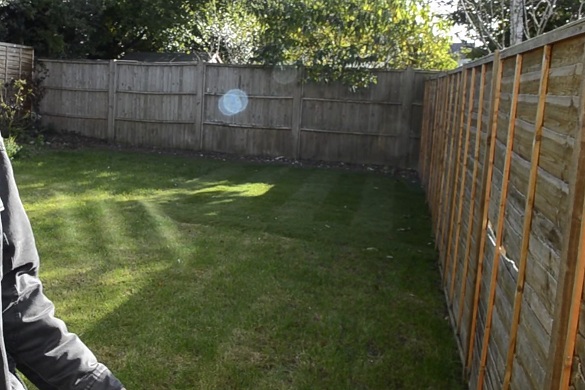RESIDENTIAL SERVICES
Specialist Japanese knotweed identification, survey, control and removal services specifically for homeowners across the UK.


Excavation is a permanent solution to completely remove Japanese knotweed, and is suitable for residential or commercial land or property.
We’re a National Contractor, and we hire and resource locally for all our works. As knotweed removal experts we’ll advise on the right excavation method for your property or site (see options below). This may depend on short or long-term proposals for site use, such as change of land use (i.e. a housing development). Excavation may also need to be planned around site specific constraints such as access, environmental considerations (i.e. protected species), and existing and retained infrastructure.
Once the site has been surveyed, you’ll receive a Knotweed Management Plan (KMP) which details the survey findings, proposed excavation works and Japanese knotweed removal cost.
This provides an instant and impressive rectification method to the problem of Japanese knotweed. On completion the knotweed has been fully removed, allowing for unimpeded development of the area.
Although the least sustainable of our methods, our approach and ethos puts the emphasis firmly on reducing quantities of waste removed to landfills, and hence cost to the customer.
This is done via expert accurate identification of rhizome extent in the soils, ensuring complete removal while only removing those soils that possess the rhizome.

To reduce the cost of excavation it may be feasible in some situations only to excavate to a set depth, stockpile the soils and then use root barriers to cap and retain any further deeper knotweed contaminated ground. This is particularly cost-effective when the development formation level (the depth ground levels need to be reduced to allow for construction) is less than 1m deep.
The proprietary root barriers are installed to fully contain the remaining knotweed contaminated ground and prevent its re-emergence. Expert installation and bonding ensure the complete integrity of the barrier. The contained non-excavated knotweed is therefore sustainably remediated on-site.

Sifting of the excavated knotweed waste soils can be used to lessen the volume of knotweed material within them. This method however cannot be guaranteed to remove all knotweed rhizomes and therefore the treated sifted soils will still need to be handled as potentially knotweed contaminated.
The reduction in the growth potential following sifting makes these soils more re-useable on site, either in burial or relocation for monitoring. If they are removed from the site they will still be classed as controlled waste due to potential or known knotweed contamination.

As well as providing instant eradication of the knotweed, it allows fully sustainable disposal of the excavated waste on-site in accordance with Government RPS 178. The method requires a suitable size and location where the waste can be buried. The area can be sizable due to the logistics and specifications for burial, with soft landscaped public open space (POS) being among the desirable areas to place a burial.
A deep receival pit is excavated, deep enough so that at least 2m of clean fill can be placed above the deposited buried knotweed waste. The knotweed waste is deposited within the pit, encapsulated in a root barrier, which is referred to as the cell. By residing 2m below finished ground levels it helps protect the cell against future accidental human disturbance or burrowing animals.

In some situations, it may be possible to relocate knotweed from an undesirable location to another location on-site where it can be treated long term with herbicides. This provides the instant eradication of the knotweed from its current location (to enable development for example), while sustainably retaining and treating the knotweed on site.
The excavated waste is carefully double-handled over site along designated haul routes between the locations. Often only suitable for larger sites, the knotweed is relocated as a formed stockpile or landscape bund where any re-growth of knotweed is treated with herbicide. Once the knotweed growth has been controlled the relocated area can be carefully seeded or planted.

Vacuum excavation involves the use of suction generated by a vacuum lorry delivered via an air lance in order to agitate and remove material (typically soil, earth or water) from the ground. Compressed air is directed through an insulated air excavation lance to loosen, agitate, or aerate the ground initially. The loosened debris is then safely removed by the vacuum.
The vacuum extraction method is used when we need to work around infrastructure or natural habitats. Using less equipment and vehicles on site also reduces our carbon footprint. Being able to work around trees and live utilities without risk of harm or strike makes it a safer and more sustainable option that is kinder to the environment. It is generally a quicker and more efficient method of knotweed removal as it limits disruption to local residents, businesses and services.

Brush cutting old knotweed stems allows access and increased visibility of new growth so we’re not fighting through old canes when the next treatment cycle begins. Knotweed canes create dense areas that can also block natural light and is therefore a threat to biodiversity. Typically we carry out brush cutting over the winter months in readiness for the spring regrowth when we can then excavate and remove knotweed from site.


Here’s what one of our clients had to say after we completed a residential excavation to remove knotweed:
“We wanted to pass on what a great job the guys did. They were very thorough and cleared every patch we asked them to look at. We had asked them to be careful around our newly planted hedge and they went the extra mile to carefully dig out the plants they needed to get past and replanted them after they were finished so a big thank you to both of them.
We’d like to add that the guys were really lovely and made what was a stressful time, much easier.”
Penny and Ben W.

LRR (Land Remediation Tax Relief) is a tax incentive intended to promote the remediation and development of land and buildings affected by Japanese knotweed or chemical contaminants such as Asbestos. Successful claims can result in capital gains tax refunds on qualifying work values of up to:
We can provide you with the best and most up to date industry information and advice on whether you can claim, and if so how to kickstart the process. Click the button and you will be able to download a useful fact-sheet about LRR as well as contact us about an LRR claim.
